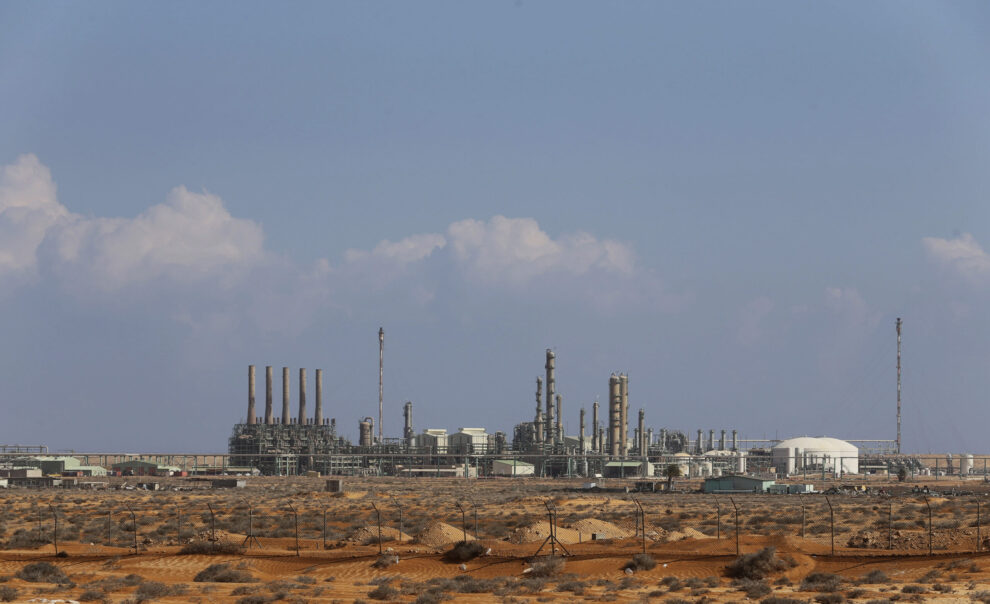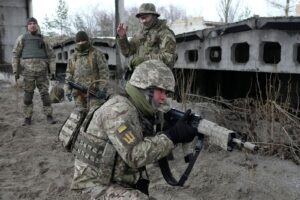BENGHAZI, Libya –
Production at Libya’s Sharara oilfield restarted on Sunday, state oil company NOC said, after protesters ended a sit-in that had halted output since early January.
Sharara field is one of Libya’s largest, with a capacity of 300,000 barrels per day, but has been a frequent target for local and broader political protests.
The field is located in the Murzuq basin in the southeast of Libya. It is run by NOC via the Acacus company, with Spain’s Repsol, France’s Total, Austria’s OMV and Norway’s Equinor.
Deputy Prime Minister Ramadan Abujnah told Libya Al-Ahrar TV channel that the NOC chairman met the protesters in the east and agreed with their demands. This agreement included a decision by the prime minister of the government of national unity Abdulhamid Dbeibah to move Acacus company to the south region and to build a refinery for the Fezzan, southern region.
The South refinery contract was signed in March.2023 between NOC’s subsidiary Zallaf and US-based Honeywell for engineering work.
It will likely cost between $500 million and $600 million, according to Zallaf.
The South refinery will produce cooking gas, jet fuel and other products, including 1.4 million litres a day of petrol and 1.1 million litres a day of diesel, NOC said previously.
Protests may affect Libya’s ability to meet its lofty production target and grow its gross domestic product over the next few years, according to analysts.
Despite having Africa’s largest crude reserves, a third of Libya’s population lives below the poverty line and parts of the country suffer chronic shortages of petrol and gas due to inadequate investment in pipelines and refining capabilities.
The last time Libya suffered a major supply disruption was in 2022.
Military commander Field Marshal Khalifa Haftar, whose forces control the oil-rich eastern Libya, orchestrated a blockade on fields and ports that year, prompting NOC to declare force majeure for exports.
The blockade was lifted following the appointment of Farhat Bengdara as NOC chairman.
Libya has remained divided since the civil war that ensued following the 2011 revolution.
The western part of the country is governed by the internationally-recognised administration known as the Government of National Unity (GNU), which was established through a UN-led political process ahead of elections scheduled for December 2021.
However, these elections did not take place, leading to challenges from opponents questioning the legitimacy of the GNU’s authority.
In the eastern region, home to about three-quarters of the country’s oil production capacity, the parliament, the House of Representatives appointed a rival administration, the Government of National Stability in March 2022.
NOC, which restored its output to 1.2 million bpd last year, said in October that it planned to increase its crude production to two million bpd over the next three to five years.
The state-run energy company, seeking to reactivate old oil wells and launch fresh exploration activity, aims to bring in IOCs.
The planned output increase would necessitate $17 billion in investments across 45 projects.
Crude oil and natural gas export revenue account for a significant part of Libya’s economy.
In 2021, oil revenue accounted for 56.4 per cent of the country’s GDP, compared with 42.8 percent for Iraq and 23.7 percent for Saudi Arabia, the world’s largest oil exporter, the World Bank said.
Source: The Arab Weekly





Add Comment